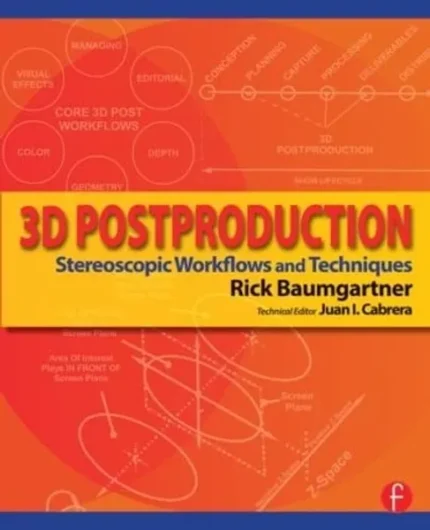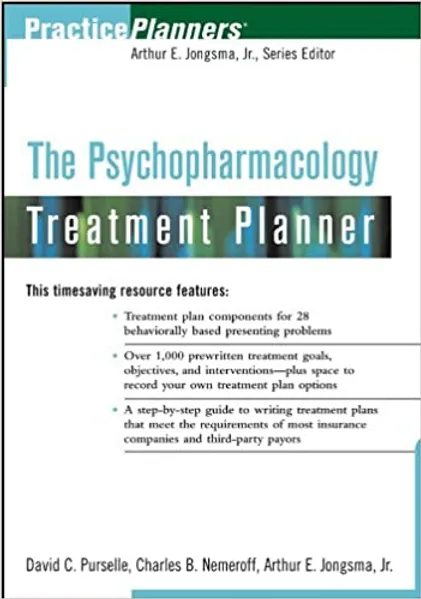Bitemporal Data: Theory and Practice
Review
“…the book describes in a nice and engaging manner an important business problem, the (often serious) shortcomings of existing IT solutions, and ways to solve the problem properly.” —Computing Reviews
Review
Become an expert in the conceptual foundations of bitemporal data, and its use in relational databases, enterprise data warehouses, and star schema temporal dimensions
About the Author
Dr. Tom Johnston is the Chief Scientist at Asserted Versioning, LLC, which has developed a middleware product which supports the standard theory of bitemporal data, and which also implements the Asserted Versioning extensions to that standard theory. He is the co-author of Managing Time in Relational Databases (Morgan-Kaufmann, 2010). He lives in Atlanta, Georgia.












Reviews
There are no reviews yet.